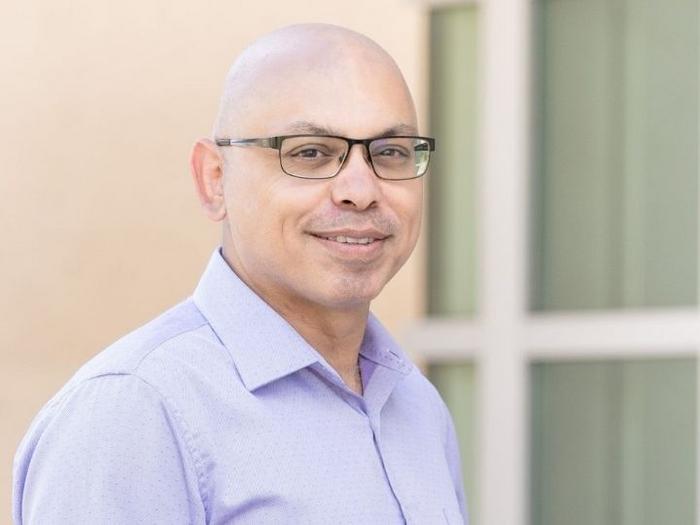When Pradeep Sharma, Hugh Roy and Lillie Cranz Cullen Distinguished University Professor of Mechanical Engineering and interim dean of the Cullen College of Engineering, won the Proceedings of the National Academy of Sciences (PNAS) 2023 Cozzarelli Prize, it was music to his ears on different octaves. First, his paper is the only winner in the Engineering and Applied Sciences category chosen from more than 3000 research articles that appeared last year in PNAS. Another key for Sharma’s concerto of cheer is because the paper examines the complex phenomenon of musical perception and begins to answer the incredibly complex question, ‘Why do some people hear music better than others?’

Credit: University of Houston
When Pradeep Sharma, Hugh Roy and Lillie Cranz Cullen Distinguished University Professor of Mechanical Engineering and interim dean of the Cullen College of Engineering, won the Proceedings of the National Academy of Sciences (PNAS) 2023 Cozzarelli Prize, it was music to his ears on different octaves. First, his paper is the only winner in the Engineering and Applied Sciences category chosen from more than 3000 research articles that appeared last year in PNAS. Another key for Sharma’s concerto of cheer is because the paper examines the complex phenomenon of musical perception and begins to answer the incredibly complex question, ‘Why do some people hear music better than others?’
Since 2005, the annual Cozzarelli Prize acknowledges papers that reflect scientific excellence and originality, recognizing outstanding contributions to the scientific disciplines represented by the National Academy of Sciences. The editorial board of PNAS selects the winners that represent the six broadly defined classes under which the National Academy of Sciences is organized: Physical and Mathematical Sciences; Biological Sciences; Engineering and Applied Sciences; Biomedical Sciences; Behavioral and Social Sciences; and Applied Biological, Agricultural, and Environmental Sciences.
There is no treble in seeing the full expression of originality in Sharma’s article, “A minimal physics-based model for musical perception,” in which he examines why some people, entirely untrained in music, can listen to a song and replicate it on a piano with unnerving accuracy. What enables some to “hear” music so much better than others?
“Variation in the physical properties of the auditory system, such as the hair cells of the internal ear, may partially account for differences in people’s ability to perceive musical tones,” reports Sharma in the article. Sharma and team developed a physics-based model of the mechanics of the hair cells of the inner ear to understand how it perceives multiple tones and its ability to clearly distinguish between two pitches.
“The physics-based model explains how the geometry and electromechanical properties of hair cells may influence musical perception. The model also explores the impact of factors external to the auditory system, including medications such as ibuprofen,” Sharma notes.
NSAID drugs are well-known to alter cell structure so they could cause a disruption in musical perception, although how major or minor is left to future research.
Sharma’s band of researchers include Kosar Mozaffari, University of Houston; Fatemeh Ahmadpoor, New Jersey Institute of Technology; and Qian Deng, Xi’an Jiaotong University, China.



